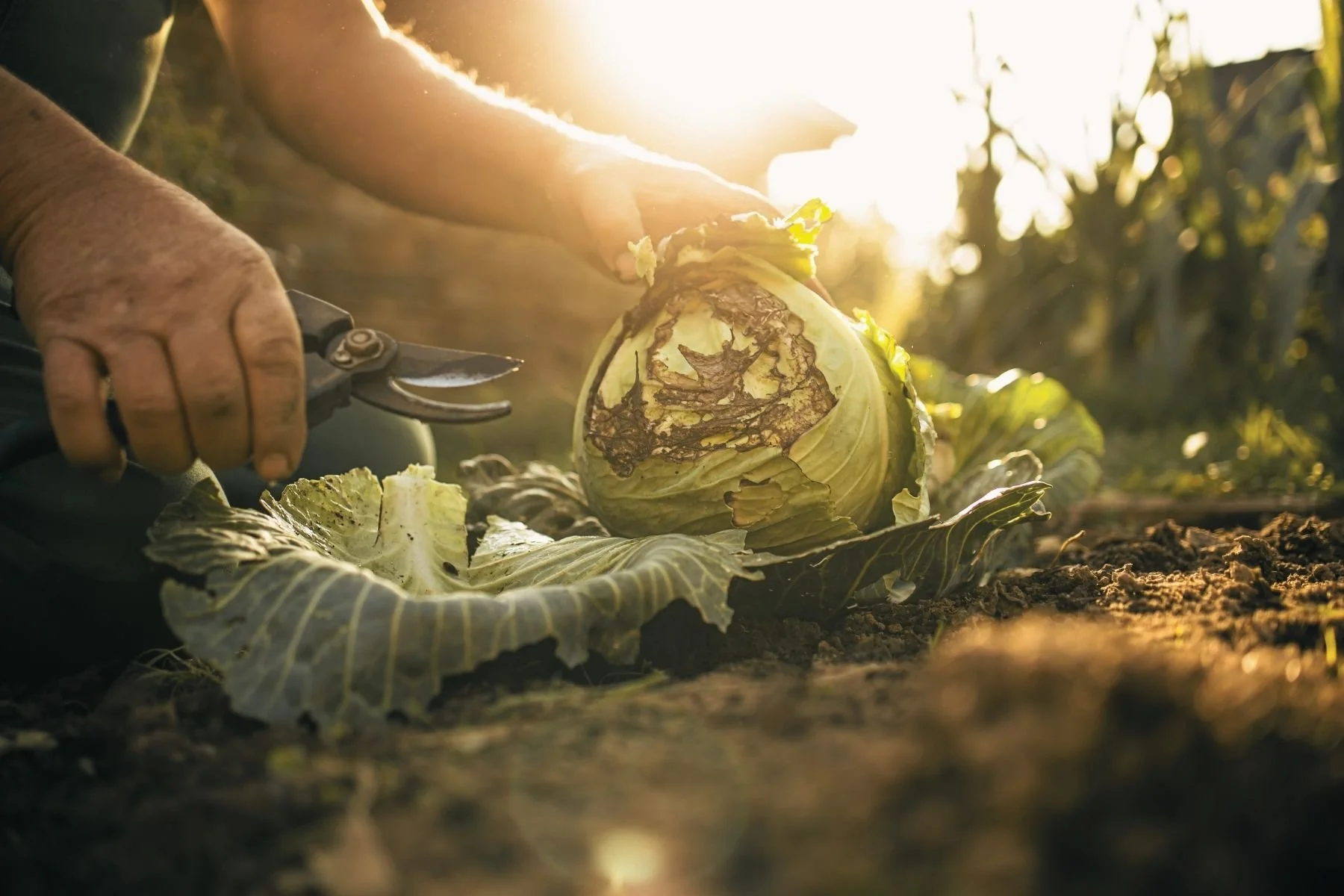Essential Tips for Preparing Your Garden for Winter
Fall Garden Cleanup
As summer stretches a little longer here in Northern Ohio, my garden is still holding on—sun-warmed and generous, even into October. But change is in the air. I’ve already started saying quiet goodbyes to the season. This year, I let more tomatoes drop than I picked, knowing they'd nourish the soil naturally. And still, the plants gave more than we could use—salsas, bruschetta, shared baskets to family and friends... and the vines kept giving. Now, I'm slowly clearing the beds, preparing for cooler days ahead, with forecasts dipping into the 60s.
Cleaning the garden has become a seasonal ritual—pulling weeds, cutting back, and making space for rest. The healthy tomato vines go into the compost to feed next season’s soil, while the stubborn weeds head to the green waste bags. Nothing wasted—everything with a purpose. I always say: if you’re growing, you’re also building what comes next.
If you’re getting into composting or looking to refresh your routine, I’ve gathered a few simple tips to help you keep your compost pile going strong through every season, no matter where you live.
As autumn sets in, now’s the perfect time to reset your garden for the months ahead. Here's a quick guide to help you prep your space for rest, renewal, and whatever comes next.
Tips for Cleaning Out a Garden in the Fall
When you clean out your garden in the fall, you're not just tidying up; you're laying the groundwork for winter and paving the way for a flourishing spring. Let me walk you through a detailed guide on adequately cleaning your garden. We'll cover everything from what needs to be removed to how to dispose of garden waste, the steps to prepare your garden for the chill of winter, and the promise of the next growing season.
Deciding What to Pull Out
Annual Plants: These plants complete their life cycle in one season, so by fall, they’ve typically reached the end of their life. Pull out all dead and dying annuals, such as marigolds, zinnias, and petunias.
Perennials: Trim back dead or damaged stems and leaves from perennials like daylilies, hostas, and peonies, but leave about 2-3 inches of growth to protect the plant's root system. Some perennials benefit from being left intact for winter interest or providing wildlife shelter.
Vegetable Plants: Remove any vegetable plants that are finished producing, especially if they show signs of disease or pest infestations. Plants like tomatoes, squash, and beans should be pulled to prevent overwintering pests and diseases.
Weeds: Pull out any remaining weeds to prevent them from reseeding or spreading next spring.
Unhealthy or Infected Plants: Identify plants with pests or diseases and dispose of them properly (avoid composting them, as this can spread issues next season).
Options for Disposal
Composting: Healthy plant material, grass clippings, and leaves can be composted to create nutrient-rich soil for next season. Chop extensive plant material into smaller pieces to speed up the composting process.
Yard Waste Collection: If you have a yard waste service, bag grass clippings, leaves, and dead plants separately for collection.
Mulching: Shred fallen leaves and grass clippings to use as mulch. Mulching in the fall helps insulate soil, retain moisture, and protect plants' root systems through winter.
Avoiding Composting Diseased Plants: Plants infected with diseases or have pest infestations should be discarded separately and not added to your compost. Either burn them (where allowed) or put them in your yard waste bin for proper disposal.
Preparing Your Garden for Winter
Mulch Your Beds: Apply a thick layer (2-3 inches) of mulch, such as shredded leaves, straw, or wood chips, around the base of perennials and shrubs. This helps insulate the soil, prevent erosion, and protect roots from freezing temperatures.
Cover Crops: Consider planting a winter cover crop like rye, clover, or wheat in empty garden beds. These crops help prevent soil erosion, suppress weeds, and can be tilled into the soil in the spring to add nutrients.
Protect Delicate Plants: If you have tender perennials or plants sensitive to the cold, consider covering them with burlap or garden blankets or mulch them heavily to insulate them from frost.
Remove Irrigation Systems: If you use soaker hoses or drip irrigation, drain the water from them to prevent freezing damage during winter.
Getting Ready for Spring
Tidy Garden Edges: Clear garden paths and edge your garden beds to give everything a neat look and prepare for an easier start in spring.
Test and Amend the Soil: Fall is a great time to test your soil for nutrient levels and pH. Based on the results, add organic matter like compost or manure to improve the soil over the winter.
Store Garden Tools: Clean and sharpen your tools before storing them for the winter. This ensures they’re in good condition and ready for use when spring arrives.
Plan for Spring: Reflect on what worked in your garden this year and plan for next spring. Note which plants thrived and which struggled, and plan your garden layout or crop rotation for next season.
Taking time to clean out your garden in the fall isn’t just a chore—it’s an investment in next season’s success. Whether you're clearing out tomatoes, layering mulch, or mapping out next year’s layout, each step sets the stage for a thriving garden come spring. It’s also a chance to slow down and reflect on the rhythms of your space—what worked, what didn’t, and what you’d like to try next.
Have you started your fall garden cleanup yet? Or do you have your own seasonal traditions? Share your tips or questions in the comments—I’d love to hear how you prepare your garden for the colder months!
Looking to keep your garden growing year-round? From clever ways to use fresh herbs to winter composting and beginner-friendly canning, these tips will help you dig in and thrive.
Creative Uses for Fresh Spearmint



